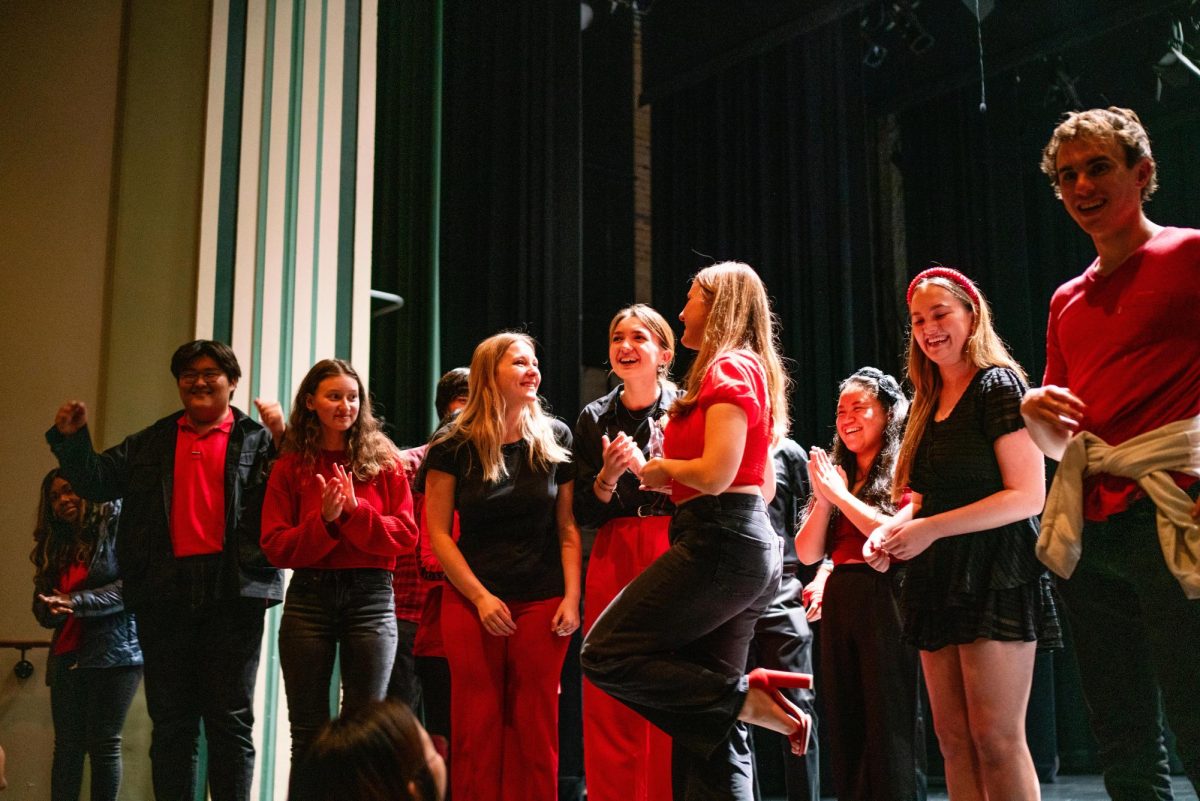There will come a day when I lecture to an empty classroom.
The board will still be full of scribbling, the front desk still piled with scattered notes, my voice still doing its best to fill out to the far corners of the room, but every desk will be empty. The only sound, besides my voice and the tap of chalk against the board, will be the occasional beep and whirr of a camera, recording my lecture and sending it out to the Internet.
This happens already, on a smaller scale. The Massachusetts Institute of Technology has a number of classes available online through its OpenCourseWare website. Sometimes only fragments of classes are available — just the assignments, say — but sometimes everything: videos of the lectures, homework, tests, even a forum to ask questions from others following along with the class.
Video courses seem the next logical growth in the rising popularity of online schooling: Internet-based courses have become a staple of many community colleges; and online programs, such as the University of Illinois’ NetMath program, have crept in to big-name universities as well.
That said, even with technology rapidly expanding the ability to reach a great number of students through the world wide web, online courses themselves are not likely to become the norm for education. MIT’s OpenCourseWare and Illinois’ NetMath list a variety of different students they hope to reach with their programs. Often these are students who can’t — for one reason or another — adequately educate themselves in their current situation: working adults seeking a change of pace or profession, home-schooled or high-school students seeking an extra challenge, non-traditional students of all types and plain curious people. But these students all have additional traits that are quite important: drive and dedication. They need to move beyond their normal limits in order to attend these classes.
Get The Daily Illini in your inbox!
Tossing students into an online course, especially one where they can set the pace of their own learning, will be great for those with the drive, but terrible for those without. Given the choice between paying attention to an hour lecture on Japanese history and only paying half-attention while digging a little deeper into Minecraft, how many students would choose the latter?
(Actually, when I took Japanese history, I sat next to a student who brought along his laptop and played the classic Japanese RPG “Terranigma” every lecture; while I applaud his good taste in games, that wasn’t the kind of Japanese history we were studying.)
That said, I still believe the event I mentioned at the beginning of this column will come true some day. Video lectures may not become the de facto way of holding the classes of the future, but they might well become an invaluable supplement.
Imagine this: You’re sick and missed a day of class. You have a quiz coming up tomorrow, but your best friend’s notes are in worse chicken-scratch than your professor’s usual board scrawl. What do you do?
You might try flicking through the textbook or perusing the Internet for help, but without a mediator between you and the vast amount of information out there, it can be hard to tell the useful from the irrelevant.
But if courses occasionally record classes and lectures, posting them to university webpages, then you would have a wealth of lectures freely available to you. There might even be some by the same professor. Or suppose you just need a study aid before the final. Or a refresher on your spring course a few days before the fall term begins.
Recorded lectures can be an amazing resource to students who take advantage of them, more engaging than a typical textbook and more available than a professor. The full possibilities, though, have yet to be explored.
_Joseph is a graduate student._








